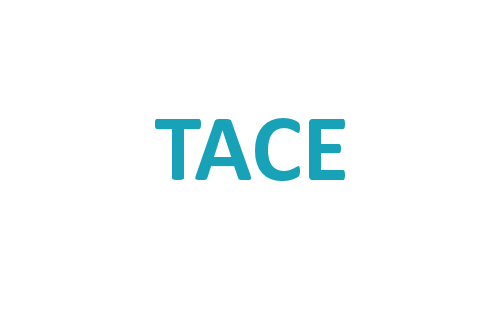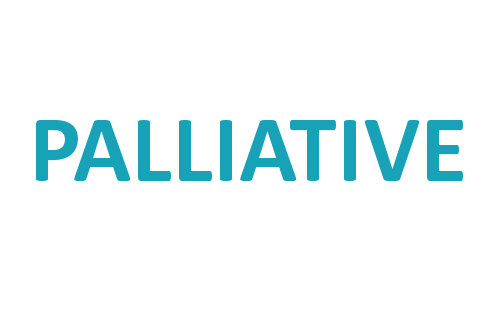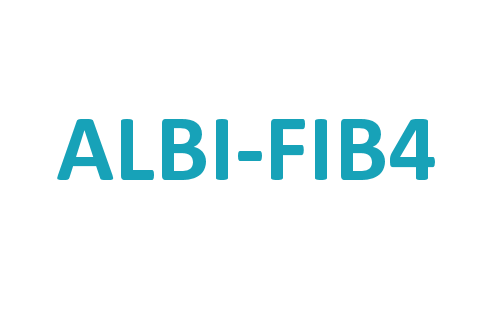Liver function and prognosis
The underlying philosophy is that we use:- large datasets
- widely available clinical features and
- extensive international validation,
Details of all the models are publicly available in international peer-reviewed journals; links and commentaries are available throughout this website.





